Why Construction Firms Are Investing in Collaboration Between Architects and Estimators
In the ever-evolving world of creation, fulfilment is not measured by how fast or how cost-effectively a building is being constructed. Today, it’s about thoughtful layout, accurate budgeting, sustainable alternatives, and efficient execution. These desires can’t be met in isolation. That’s why a growing range of creative organisations are rethinking how their teams work together, especially about connecting the vision of architects with the precision of value estimators.
In the past, architects might work independently on design plans, most effectively looping in value professionals as soon as the whole thing was finalized. But that’s changing. There’s now a clear movement towards near collaboration between architects and estimators proper from the early planning stages. This partnership allows the removal of high-priced mistakes, reduces delays, and improves challenge results for all and sundry worries, from contractors to clients.
The Pitfalls of Working in Silos
Traditionally, architects have focused on the innovative and functional elements of a shape, while estimators target calculating fabric quantities and normal undertaking fees. These obligations are each critical, but whilst they’re completed in separate vacuums, troubles arise.
Designs often turn out to be too pricey to construct, leading to rounds of revisions and budget blowouts. Miscommunication and final-minute adjustments pressure project timelines and relationships. Simply put, whilst design and value-making plans aren’t aligned, it’s the whole challenge that suffers.
The Benefits of Bringing Teams Together Early
When architects and estimators are worried in the early stages of making plans, the benefits are on the spot. Architects benefit from real-time feedback on how their creative thoughts impact the bottom line. Estimators, then again, can endorse greater price-powerful materials or creation methods earlier than designs are finalized.
This alternative of know-how allows both groups to make knowledgeable decisions that align vision with finances. The result? Fewer changes down the line, much less waste, and a smoother course from blueprint to construct.
More Accurate Budgeting and Fewer Surprises
One of the most important wins from this collaboration is monetary readability. When estimators are concerned early, budgets are grounded in reality, no longer guesswork. They can provide correct quantity takeoffs and assist with flag areas where fees may creep up unexpectedly.
Clients admire this transparency. Knowing prematurely what to anticipate financially builds confidence and decreases the chances of mid-project shocks. It additionally sets the level for higher long-term planning and resource management.
A Faster Path from Planning to Execution
Delays are a commonplace pain point in creation. A most important purpose? Endless revisions due to price range misalignment. By getting input from both creative and financial aspects early, teams can develop plans that are both lovely and buildable.
Without the need for constant back-and-forth changes, initiatives flow more speedily through approval stages. That means less downtime, faster starts, and fewer surprises at the job site. In quick, collaboration saves time, which in this enterprise, also saves cash.
How Construction Firms Are Investing in Innovation
In today’s competitive marketplace, Construction Firms Are Investing in smarter methods that reduce threats and increase outcomes. This consists of placing assets into equipment and schooling that support collaboration among layout and estimation teams.
Many are adopting Building Information Modelling (BIM) to provide real-time records and visualization. Others are the usage of included assignment transport (IPD) systems to streamline verbal exchange. These investments aren’t pretty much generation—they may be approximately converting corporate lifestyle to promote shared responsibility and collective success.
The Push for Sustainable and Value-Driven Design
Sustainability is no longer non-obligatory—it’s predicted. But constructing green can come at a higher price if no longer managed cautiously. That’s wherein this collaborative approach shines. Estimators can help architects choose sustainable substances that still match the finances, whilst architects can regulate designs to increase strength efficiency without driving up fees.
Together, they can also discover cost engineering—locating methods to gain equal features and excellence at a lower cost. This sort of teamwork results in smarter, more sustainable consequences that don’t break the bank.
Real-World Success Stories Are Emerging
Across the enterprise, greater production organizations are seeing the advantages of this model in action. For example, companies that have paired architects and estimators from day one report fewer assignment delays, stepped forward price range management, and higher customer satisfaction.
In a few instances, creation teams have even delivered estimators to client conferences at some stage in the planning process to offer on-the-spot cost input. This introduced transparency builds credibility and gives clients self-assurance that the challenge is being dealt with care and precision.
Technology Is Helping Bridge the Gap
Modern collaboration doesn’t simply show up in conference rooms—it’s more and more powered by digital equipment. BIM systems permit architects and estimators to work off the same 3-D model, updating costs as designs change in real time. Cloud-based estimating software enables faraway collaboration, making it simpler to work across time zones and project locations.
As synthetic intelligence (AI) becomes more advanced, it will additionally help groups examine data and make smarter choices. From predicting labor charges to suggesting cloth alternatives, these tools make collaboration quicker and more powerful.
Conclusion: A Smarter Way to Build
The creation enterprise has usually been approximately constructing things; however, now, it is also about building the right teams. The collaboration among architects and estimators represents a powerful shift in the direction of smarter, greater efficient, and more dependable assignment transport.
By breaking down silos and encouraging teamwork from the very beginning, construction firms are developing homes that are not only properly designed and on budget but also built to stand the test of time. This isn’t just a fashion—it’s a brand new, well-known for fulfillment.
